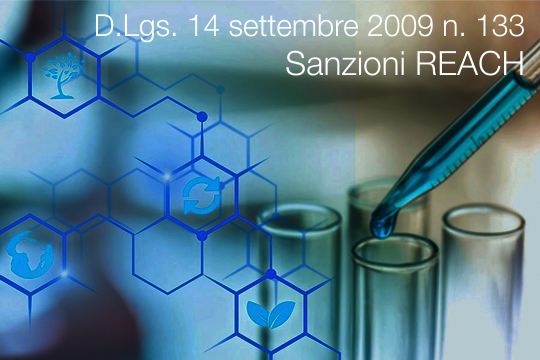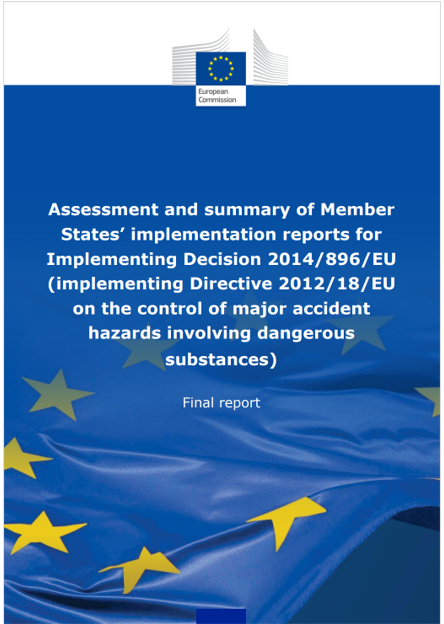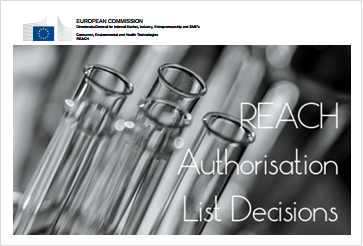Informazione tecnica HSE / 25 ° anno
/ Documenti disponibili:
45.282
/ Documenti scaricati: 33.794.551
/ Documenti scaricati: 33.794.551
June 2020
Bisphenol A (BPA) is classified under the CLP Regulation as a substance that may damage fertility, may cause serious eye damage, may cause skin allergies and respiratory irritation. It has also been identified as an endocrine disruptor for human health and for the environment.
Following France’s 2014 restriction proposal, which identified a risk for workers (primarily cashiers), the Commission decided in 2016 to restrict BPA in thermal paper in concentrations of 0,02% or more weight by weight.
In 2016, ECHA received a request from the European Commission to monitor developments in the thermal paper market with respect to the use of BPA and other alternative developers up to 2 January 2020, the date of entry into force of the restriction. The first report was published on 15 December 2017 and was followed by three updates, of which this report is the latest and last. Furthermore, there is public interest in the topic, as evidenced in the recent report by CHEM Trust.
MAIN DEVELOPMENTS IN 2014-2022
- In 2019, bisphenol S (BPS) took over the status of bisphenol A (BPA) as the main developer used in thermal paper: its annual use is projected to increase approximately fivefold between 2014 and 2022, from 65 to 307 kilotonnes.
- In 2019, the use of BPS-based thermal paper increased by 80% relative to the previous year, amounting to 187 kilotonnes, while the use of BPA-based thermal paper reduced by 43% to 136 kilotonnes.
- The volume of thermal paper containing other developers placed on the EU market stood at 154 kilotonnes in 2019, an increase of 33% compared with 2014.
- In 2022, the volume of BPS-based thermal paper placed on the EU market is estimated to be 307 kilotonnes (61% of total) while that of other developers is expected to stand at 199 kilotonnes (39%).
______
Fonte: ECHA
Collegati:

ID 10142 | 27.04.2022 / In allegato
Testo aggiornato alla Legge 23 dicembre 2021 n. 238 (Art 14 - Disposizioni in materia di imm...

Assessment and summary of Member States’ implementation reports for Implementing Decision 2014/896/EU (implementing Directive 2012/18/EU on th...

ID 20560 | Last update: 11.10.2023
REACH Authorisation Decisions List of authorisation decisions adopted on the basis of Article 64 of Regula...
Testata editoriale iscritta al n. 22/2024 del registro periodici della cancelleria del Tribunale di Perugia in data 19.11.2024